Bruce Lee epitomized the concept of flow while fighting. He has moments of absolute stillness balanced between moments of extreme explosive movement.
The delicate balance of yin and yang was eloquently illustrated within his style of combat, freezing in a moment of observation one split second, attacking with complete synergy the next. He always moved with total awareness and true intent. Lee utilized both still and moving meditations along with breath training to achieve his results.
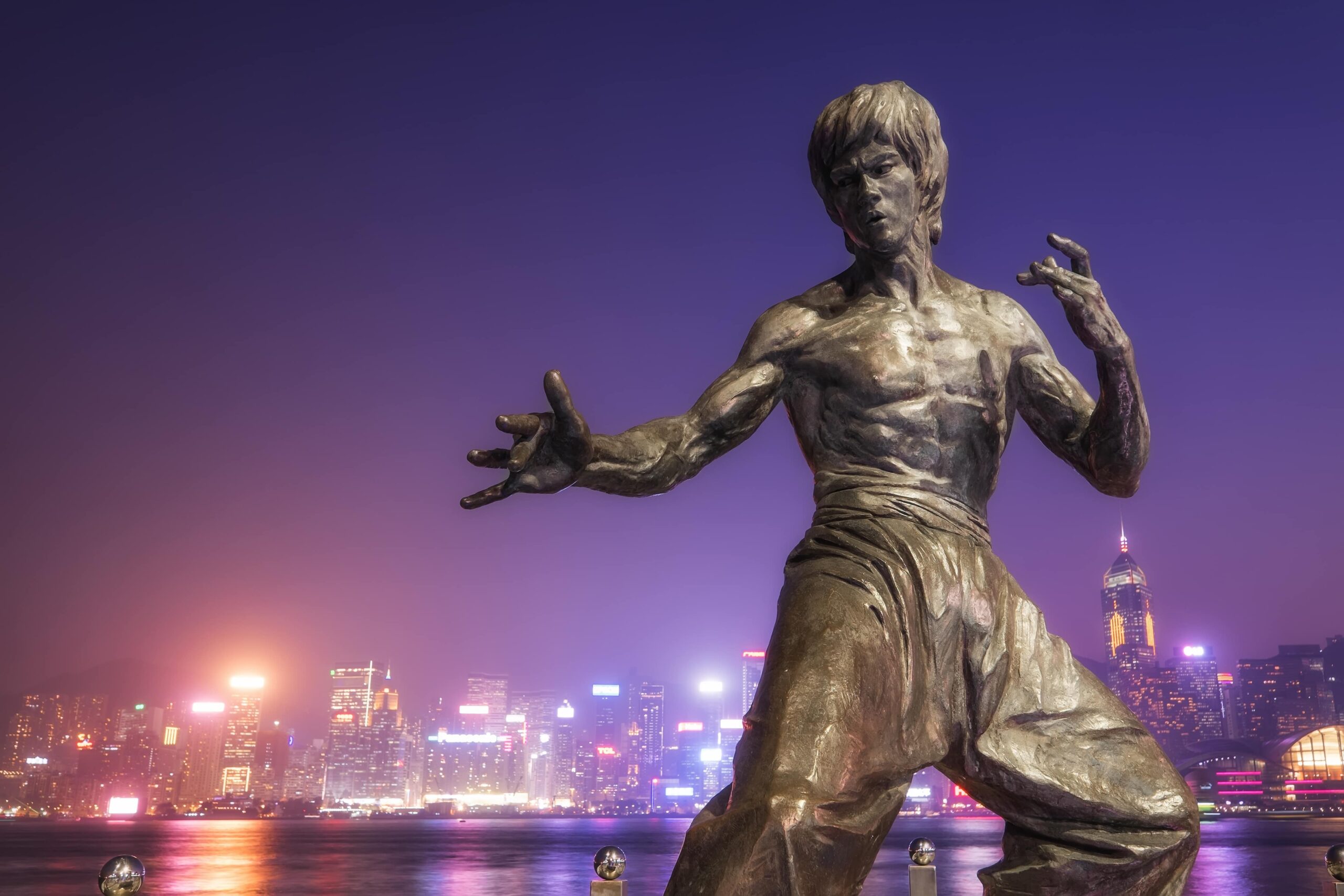
Source: Perfect Lazybones via Shutterstock.com
A prolific writer, about meditation Lee said: “Empty your mind, be formless, shapeless – like water. Now you put water into a cup, it becomes the cup, you put water into a bottle, it becomes the bottle, you put it in a teapot, it becomes the teapot. Now water can flow or it can crash. Be water, my friend.”
He probably could have ended that amazing quote with, “Pour it into a fight and kick *ss!” Martial artists can be led to believe that winning requires 100 percent motion, when real power, awareness, and strategy often are birthed in moments of stillness. Use of meditation, visualization, and other methods of stillness training have been proven through research to give amazing returns on attaining peak performance.
The Yin and Yang of Fighting
In the Yin/Yang symbol there is a black spot of Yin in the Yang side and a white spot of Yang in the Yin because each contains the seed of the other. Everything contains some degree of its opposite.
This shows the connection between stillness and movement. Sitting in stillness using meditation and visualization to image the perfected fighting move or winning strategy utilizes the same concept; stillness of meditation and visualization of action is the white spot of Yin in the black, while exploding into action and retaining that quiet spot within is the spot of black in the Yang.
When learning martial arts increasing efficiency of movement is essential. Learning how to be still and relaxed yet ready to explode into action when training and fighting releases energy otherwise spent in maintaining muscle tension. Meditation and visualization can be important tools for finding that balance and utilizing it to achieve peak performance in martial arts.
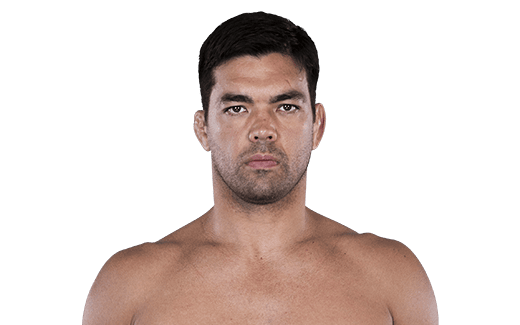
Source: MMA Junkie
“Meditation plays a big role in my life. Meditation fortifies my spirit, improves my focus, my desire. When I fight I try to empty my mind.”
Lyoto “The Dragon” Machida
Meditation Visualization, and Top Physical Performance
The capacity for achieving peak physical performance utilizing only breath, visualization, and the mind seems counter-intuitive until it’s understood that the brain cannot distinguish between a neural pattern created through imaging or through physically doing.
The brain has the same response to a neural pattern, no matter how it was created. Physical performance improves because the mind now has a neural pattern of success, improvement, more physical power, faster reflexes, etc.
Then next time this strike, takedown, or guard is attempted, the brain says, we are great at this! That is the mental imaging and visualization given to the brain, which it accepts as truth.
The brain ‘remembers’ how to do a tornado kick perfectly, for example, after visualizing it, sends those messages to the muscles, and the muscles react in the desired manner. Meditation visualizations and imagery can be visual, auditory, or physical. The best visualizations use all three to create intensely realistic scenarios or ‘movies’ within the brain.
Meditation
Meditation is a term used to describe practices found in many cultures and traditions that are designed to control the body and mind, and control the body with the mind.
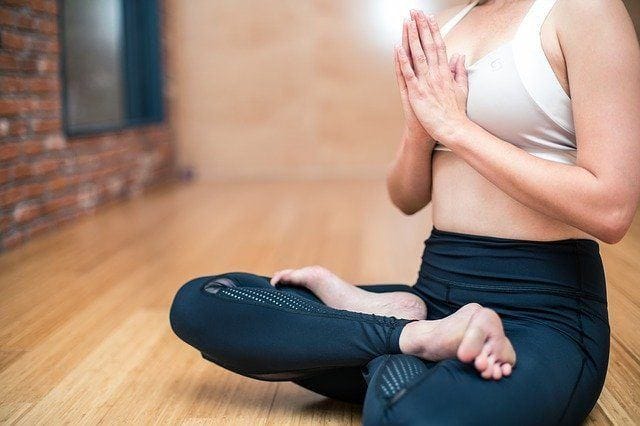
Generally, meditation is the act of giving your attention to only one thing, such as breath, sensations and sounds, non-thought, or inner visualization of a candle, flame, light, etc., to attain a desired state of mind, non-mind, or Be-ing. A precise definition of meditation has been difficult to ascertain, since the exact mode or method of meditation practiced changes slightly depending on tradition and cultural context.
A basic definition includes an activity or practice where an individual uses a stylized mental technique that is repetitively practiced in order to achieve a desired state of mind and/or body.
Meditation focuses the mind like a laser on a particular object, thought or activity in order to achieve a clear and emotionally calm state, a state of mental silence that completely neutralizes monkey mind.
Meditation Beneficial for Martial Arts and Life
Martial arts can push the body and mind to the limits, and there is always more to learn, other techniques to improve. Meditation and visualization techniques can greatly increase the rate of learning and mastery of new techniques.
Meditation often feels very restful, but don’t let that fool you. It can give heightened alertness, focus, trains attention and awareness, allowing practitioners to bring mental and physical processes under greater voluntary control.
Imagine this technique used in MMA and UFC fighting--which it already is—by top fighters including Conor McGregor, Diego Sanchez, Anderson Silva, and many others. Meditation practice can reduce stress, anxiety, depression, and pain, while increasing feelings of inner peace and happiness.
Scientific research has been studying the physical and psychological manner in which meditation works to improve mental, neurological, immune system, cardiovascular, and physical aspects.
Shaolin Monks Use Meditation to Control…Everything
Meditation can give the user amazing physical abilities, for instance, the ‘Iceman,’ who wears shorts to climb Mt. Everest, and Shaolin monks, who make their bodies seemingly impervious to heat, cold, pain, and piercing by sharp points.
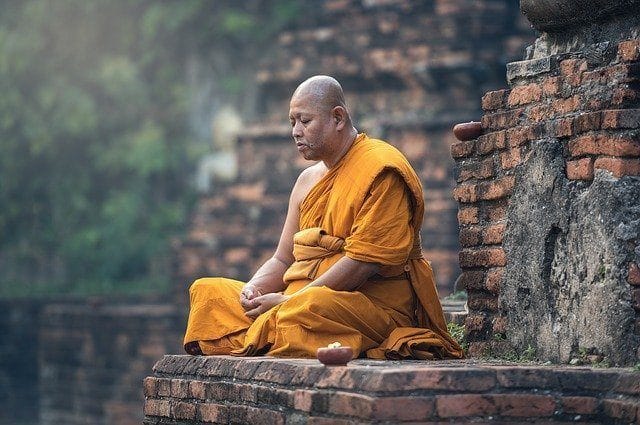
Intensive research has been performed on how the Shaolin monks can simultaneously use diverse parts of the brain that normally do not function together. At will, they can also raise the temperature of fingers and toes by 17 degrees, lower their metabolism by 64 percent, and bend iron bars using only their throat muscles. Perhaps the most impressive part of all is these monks, the Iceman, and the Dalai Lama say these extraordinary abilities are not unique to them; they can be learned by ordinary people. Check out some photos of the Shaolin monks.
Studies prove meditation can change the brain’s structure and functioning through many methods, including increased plasticity, or ability for the brain to learn quickly. Neuroscientist Richard J. Davidson did major research on Tibetan Buddhist monks at the University of Wisconsin-Madison.
Davidson says his research proved meditation dramatically increases neuroplasticity, allowing the brain to create new neural connections, and reorganize itself on a physical level. These results fly in the face of all previously understood information on brain function.
Meditation Marvel--The Iceman
The Iceman, Wim Hof, has used a meditation/focused visualization technique together with breath control to prove, in lab settings, that he’s able to influence his autonomic nervous system and immune system at will. He also changes his breathing pattern. Wim has been busy proving the truth of mind over matter.
Wim Hof has been nicknamed “The Iceman” because of his amazing feats such as withstanding being packed in 1,000+ pounds of ice for two hours by using meditation to crank up internal heat in his body, and climbing Mt. Everest during hurricane force wind chills of -63 degrees in nothing but shorts, shoes, and a grin.
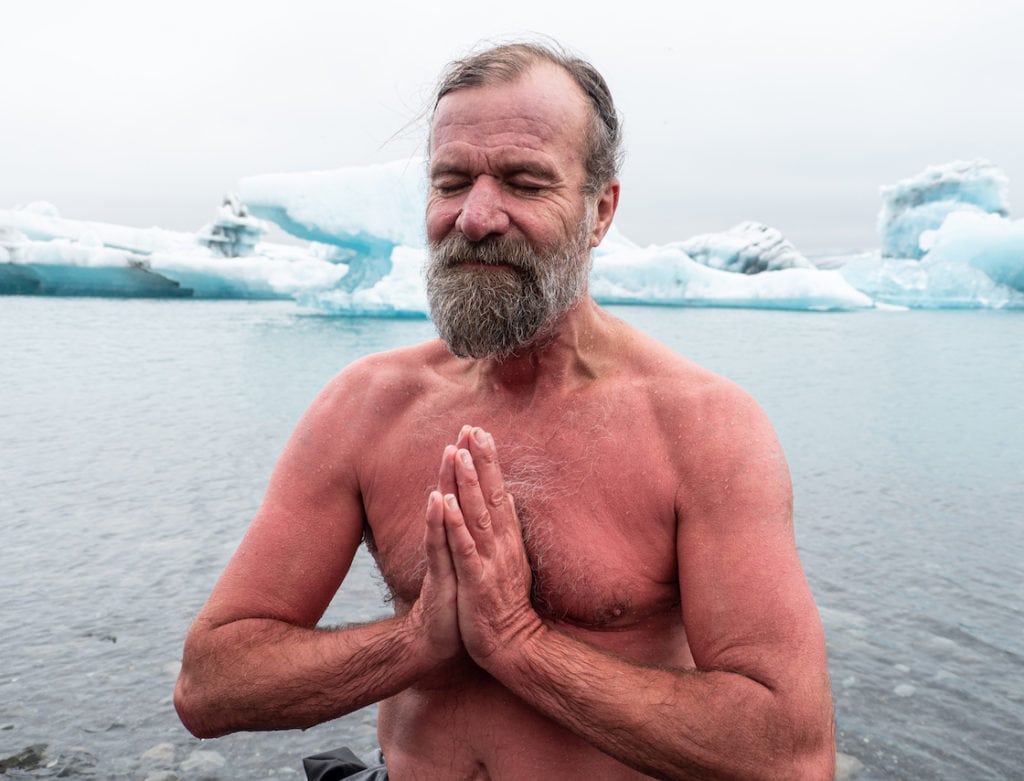
This is why Hof now holds more than 25 Guinness World Records. Hof has proven the impossible is possible using mind control, meditation, and breathing. Hof traveled and experimented with many types of physical, mental, breath and meditation techniques when he was younger.
He says, “I travelled the world studying everything from karate and kung fu to yoga and Buddhism. But nothing quite fulfilled me.” During his travels Hof learned Tummo meditation, which is a Tibetan Buddhist meditation practice, and Pranayama yogic breathing.
Wim combined everything he learned along with his own discoveries to create a unique, intensive technique. The Iceman also proved ordinary people can do what he can do by training 12 people in his techniques. Check out Wim’s website for more inspiring true stories.
Dalai Lama says Buddhist view and Quantum Mechanics are in sync. “Broadly speaking, although there are some differences, I think Buddhist philosophy and Quantum Mechanics can shake hands on their view of the world.” The Dalai Lama said meditation works in a similar manner as quantum physics.
Visualization Creates Real Change
40 years of research has proven the effectiveness of guided imagery. Guided imagery meditation can be an intensely powerful tool, becoming increasingly powerful over time as personal ability to clearly visualize, focus, and create change gets strengthened with practice just like a muscle.
One surprising effect is how meditation helps Westerners stay healthy in spite of an acid and depression-inducing diet. An overly acidic body leads to diseases. Western culture and food create high levels of acid in the body.
Meditation makes the body more alkaline. Meditation also induces high adrenaline levels, says author of a research study, Matthijs Kox. In an interview, Kox told Livescience: "The adrenaline levels were higher than in people who bungee jumped for the first time...The acid-base [blood] balance oxygen levels… could lead to this effect."
Over 141 Benefits Proven and Counting
The number of major mental, emotional, and physical health benefits created by meditation and visualization—besides improved performance—is astounding. Meditation causes oxygen consumption to drop by as much as 10 to 20 percent, helps breathing, and is also the only activity that reduces blood lactate, which is a marker or ‘tell’ of stress and anxiety.
Meditation decreases cortisol, which is a stress hormone that contributes to weight gain, depression, inflammation, and other issues. There are so many major benefits received by meditating that only the ‘short’ list will be included here.
Some of the benefits given by meditation and visualization include easy weight loss, boosting happiness with more serotonin, memory and brain boosting, stopping inflammation, supercharging immune system, increasing growth hormones, building a bigger brain, generating new brain cells with neurogenesis, balancing left and right brain to create synchronization, fully recharging internal ‘batteries,’ sleeping better, looking younger and living longer, staying vital and strong, physically changing and rewiring brain, helping infertility, defeating depression, and stopping addictions. See 141 Benefits of Meditation for more details.
Meditation Helps Recovery
Meditation can intensify and speed healing from fractures and burns, reduce blood loss during surgery and opioid use afterwards, lower anxiety and pain, less than 10 minutes of hypnotic guided meditation reduces blood pressure, cholesterol, and hemoglobin A1C levels in the blood.
Research found that meditation with intense cold dips three times a week signaled the body to go into "fight or flight" mode. This triggered an immune response that resulted in increases in lymphocytes, which are the body's cells that fight infection.
Meditation Quickly Increases Combat Arts Mastery
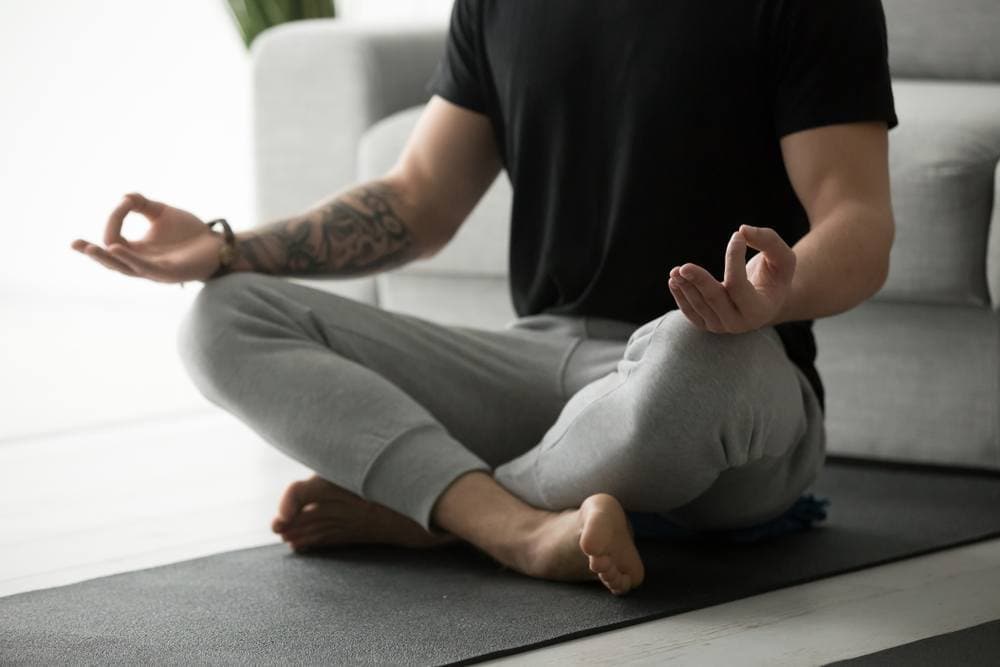
Meditation has been proven to increase skill, strength, aptitude, and quicken mastery of many sports and skills, including martial arts, professional fighters in UFC and MMA, skating, weightlifting, skiing, tennis, skating, shooting, golf and tennis; plus helping increase confidence in public speaking, singing, writing, acting, and tests. Meditation really ups the game for the professional and novice competitor.
Research has found that only four days of meditation can significantly improve creativity and cognitive flexibility. Lead researcher Fadel Zeidan stated in Science Daily that, “The profound improvements we found after just four days of meditation training are really surprising… [They’re] comparable to results that have been documented after far more extensive training.”
What you will gain will be a 200% boost in creativity, a 490% boost in learning, a 500% boost in productivity. Meditation is also a performance tool of choice for Olympic athletes.
Visualization
Visualization is basically creating a mental image of a movement, like blocking strikes, or a desired outcome or result, like winning a competition. Visualization encodes images, feelings, and sensations with multiple layers of complex, encoded messages that it then delivers from the conscious mind to the unconscious mind.
The unconscious mind does not use language so much as visual and sensory communications. Simple symbolic images, sensations, symbols, stories, and metaphors are sent while doing meditative visualizations and received by the mind in a very open, slightly altered state. Visualization and meditation uses unconscious processes to attain conscious goals, helping to align all parts of the self.
Visualization has been used by most athletes, and indeed most people, at certain times in their lives, such as the teen envisioning his jackknife dive a few seconds before jumping off the board, the uneven bars competitor imagining finishing with the perfect dismount, the aikido practitioner viewing in their mind the arm bar before executing it. Everyone’s done it. Meditation visualization just takes it up about 500 notches, like the difference between first time behind the wheel of a car and racing the Indy 500.
Meditation, Pain, and Martial Arts
Meditation has been proven to reduce feelings of pain. This has obvious uses in martial arts and for professional fighters. Dr. Joshua Grant did research in 2011 that meditation reduced pain sensations by 27 percent, and showed 45 percent less brain activity in the pain area of the brain when participants used the mindfulness technique.
These studies and others prove that focusing the mind results in a higher pain tolerance. Professional fighters are already jumping on these techniques, since pain tolerance is essential in the fighting world. Feeling less pain makes the difference for the warrior whose extreme pain tolerance gives’em 15 more killer seconds than the opposition has left in them.
Meditation Is Not New
Meditation is not a new idea or practice. It has been utilized since ancient times by many religious traditions and beliefs. It’s been around for centuries giving amazing results. Whether you want to improve athletic performance, crush it in the Octogon, increase endurance, feel more connected and on top, eliminate insomnia or depression, meditation for visualization is practical and efficient. It’s also one of the best ways to attain the life of your dreams, and that is not said lightly!
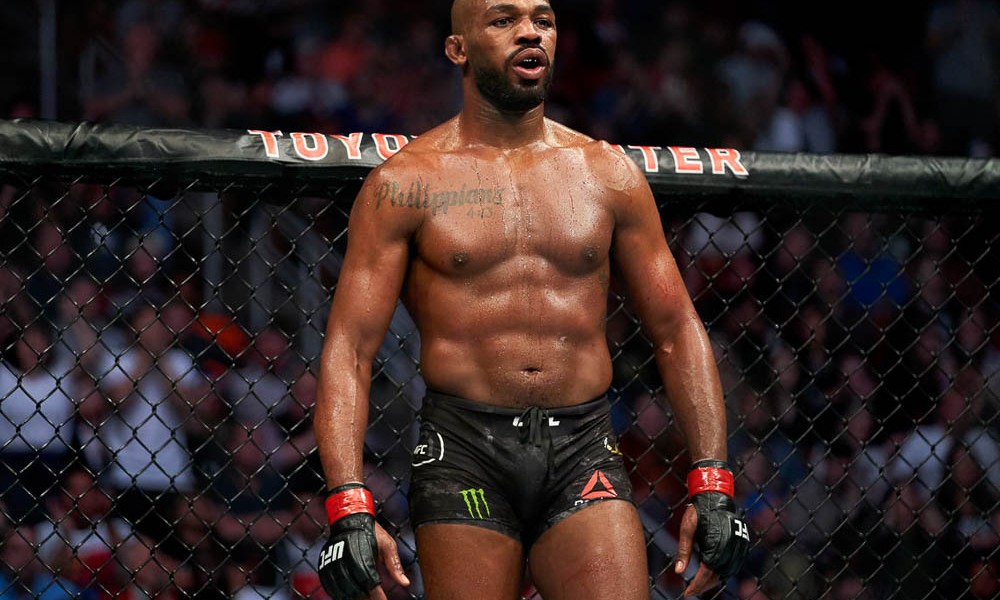
Source: MMA Junkie
"I take it so seriously as far as meditation, notes, visualization, preparation, everything. I take it a lot more serious than a lot of people that play this sport. I'm obsessed with the game that I play."
Jon Jones, MMA fighter
Meditation For Winning
Meditation and visualization have been used to great effect by professional athletes such as Tiger Woods, stars like Oprah, and Arnold Schwarzenegger. They have admitted using visualization as a way to succeed, attract more good in their lives, decide life questions, and win tournaments.
Did s/he meditate before hosting talk shows, competing in weightlifting, tennis, or debates? It turns out that those who meditated greatly increased their chances of winning. They visualize what they want and always focus on a positive outcome, no matter what may have happened previously. Imagine what you want already exists.
Research Confirm Efficiency
Authors of The Mental Athlete, Kay Porter and Judy Foster, have said: “Each time you ‘see’ yourself performing exactly the way you want with perfect form, you physically create neural patterns in your brain.” These patterns are like sound tracks on CDs, movie information sequenced on DVDs, but imprinted on brain cells.
These imprinted cells in the brain tell the muscles to move, when, and how much power. “Numerous studies have confirmed the fact that vividly experienced imagery, imagery that is both seen and felt, can substantially affect brain waves, blood flow, heart rate, skin temperature, gastric secretion and immune response…in fact the total physiology.”
Martial Arts Meditation and Visualization Technique
No Right or Wrong
There is no right or wrong way to meditate, as long as it allows certain states of mind. For instance, walking while doing a 4-count breath and emptying the mind is an excellent meditation technique, as is laying beneath a leafy green tree on a sunny day and staring up at light/dark patterns created by the light, shadow, leaves and sky.
Or practice empty mind technique while watching sunlight patterns skitter across the water. These will all allow the practitioner to achieve a meditative state.
How to Start Meditating
There are basic steps and approaches to achieving optimal meditative states. These are some good basic guidelines to follow. Research shows visualization and imagery are most effective when used every day for at least 20 minutes. It works best when the practitioner is in a quiet, undisturbed place.
For the martial artist, it is important to clearly visualize the action, reaction, and result desired. Porter and Foster say this: “You must know what you want and what results you are aiming for a particular visualization. It is good to have the knowledge of the ‘language’ of your event, the terms and idioms of your sport.
Along with this, you should have a clear picture of how it looks to perform your event perfectly. This you can get by watching the best athletes in your sport in person, on television or looking at pictures in magazines or at posters.”
Visualization Using Mental Imagery and Four Step Technique
First of all decide on a move, technique, competition to win, etc. See above for more ideas. Mental imagery is most effective when images are clear and include specific details. Make yourself see and feel the mats under your feet, hear and feel your kiai, shouts and grunts of others, taste salty sweat, feel the heat and smell the odor of the dojo or workout room.
If it’s a fighting event, hear and feel the excited crowd, smell the sweet drinks, sharp sweat, feel and hear the booming announcer, edgy intensity of combat. Make the image internal or external viewpoint, or both, shifting between the two depending on how you best can internalize the reality of your image.
If you’re good at writing, or creating a complete picture while speaking, then write up or record a ‘script’ for yourself to reread and/or listen to in the car, while working out, at night and first thing in the morning, painting a picture or movie for yourself with your inner eye. Make it as real as possible.
If it takes 20 seconds to physically perform a kata, or set up and do a takedown, the image should exactly follow this reality and be 20 seconds in length. This connects the external reality and internal imagery, creating convincing details for brain activation to achieve peak performance.
Visualization Steps
Use script, or simply meditate and visualize you winning, and successfully achieving your goals and ambitions.
Meditation Made Easy—New Tools for Instant Meditation
EQUISYNC Meditation Equipment uses sound technology to sync brain waves, and induce deep meditation state. It lets you access the benefits of meditation quickly, safely, and easily. MP3s and CDs offer hypnosis for athletes that is also used in sports rehab programs to speed up the healing time needed for injuries.
EQUISYNC is a powerful meditation tool which will allow you to compete more effectively than ever before. This ground-breaking new method is very reasonably priced with a money back guarantee.
